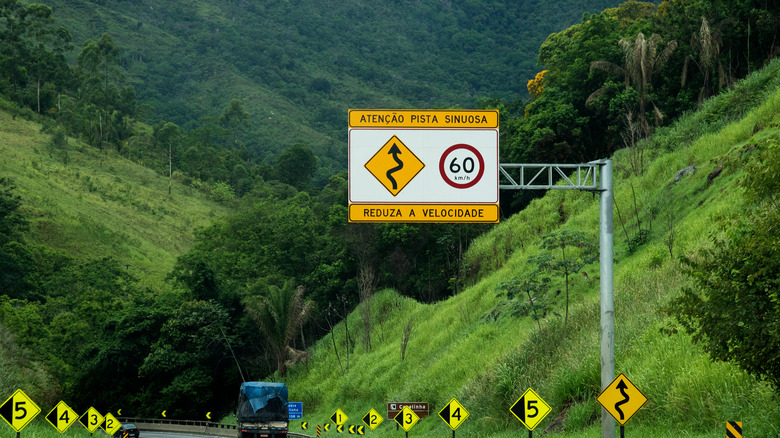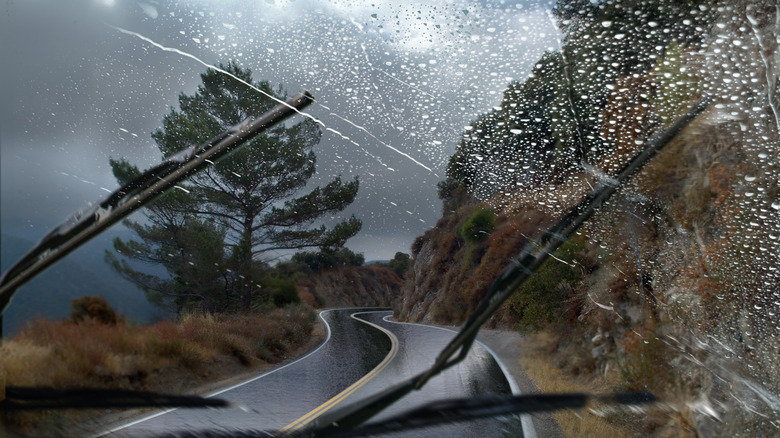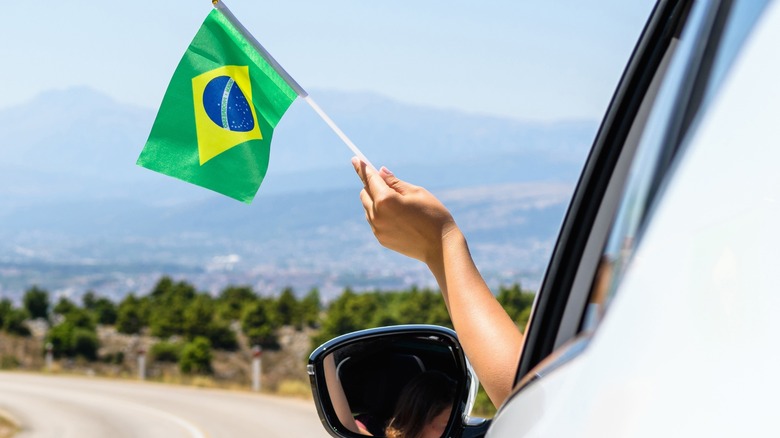Embarking on a South American road trip is on many people’s bucket lists. Whether you want to do it like Che Guevera and ride around the continent on a motorcycle, or like Ewan McGregor and go from the bottom of Argentina all the way back to the U.S., road-tripping this beautiful and diverse destination is a life-changing opportunity. So if you’re planning on driving through the gorgeous, warm, and colorful country of Brazil, you better make sure you are prepared for some of their notoriously dangerous drives. First, before you can legally hit the road, you’ll need to get an official Portuguese translation of your state driver’s license or apply for an International Drivers License. Then you can check off the next thing on your to-do list — figuring out which route to take.
The World Resources Institute reports that Brazil ranks fifth in the world for the highest number of road-related fatalities. This is due to the bad state of their roads, the recklessness of drivers (especially those operating tractor-trailers), poor signage and visibility of potholes or speed bumps, and even carjacking and burglaries. If that’s raising your eyebrows, wait until you hear about Brazil’s notorious “Rodovia da Morte,” which in Portuguese means the “Highway of Death.” If this sounds familiar, you might have heard that Harry Styles’ tour bus was robbed and hijacked on this road back in 2022 while the pop star wasn’t on board. This is one highway you’ll definitely want to avoid during your road trip!
BR-116’s road conditions are poor and often fatally dangerous

Rodovia da Morte isn’t the highway’s official name — it’s actually labeled as BR-116 – but the locals gave it this ominous title due to some seriously life-threatening activity that permeates road traffic here. Clocking in at over 2,700 miles long, drivers can expect steep inclines, cliffside drops, and a lack of reliable paving along many sections of the road that runs from Fortaleza to the Uruguay border. An estimated 60% of the highway’s drivers are truckers, and they can get tired during their long-haul trips down this massive highway.
The section of the highway between Sao Paulo and Curitiba is particularly dangerous due to the lethal combination of unpredictable road conditions, sheer cliff drops, single-lane sections, and overworked truckers. Carjackings and burglaries have also often been reported on BR-116, with the problem further compounded by the lack of police patrols along the route. But that’s not the only major crime that this highway is known for.
BR-116 is rife with criminal activity and child trafficking

Brazil has a real problem with child trafficking, and a human rights division at Stanford University estimates that around 500,000 children are victims of these horrific crimes, with the BR-116 as one of the worst locations across the country. “The Highway of Death” runs through several cities known for high crime rates, including theft, drug trafficking, and even homicide, where it’s extremely important to stay vigilant. In some ways, the most dangerous parts of BR-116 have less to do with the road conditions, and more to do with the people who drive along this route.
This highway might be a dangerous spot to skip on your South American road trip is wise, but if you absolutely need to take BR-116 to get to your next destination, there are some safety tips to remember. Always travel in groups, never stop along the side of the road for any reason, avoid traveling at night, and be aware of your surroundings at all times. Drive safely and arrive alive!
If you or someone you know may be the victim of child abuse, please contact the Childhelp National Child Abuse Hotline at 1-800-4-A-Child (1-800-422-4453) or contact their live chat services.

